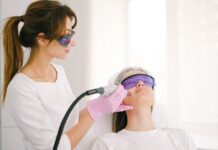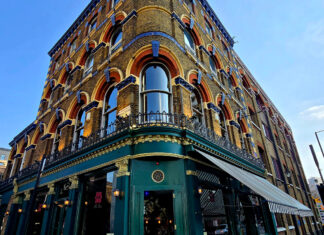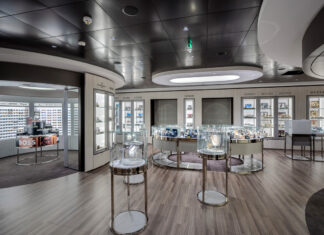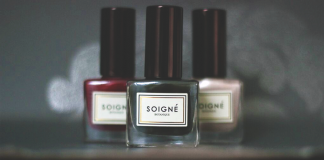If you feel conscious of acne scarring, you may want to get them treated. Here are the top things to consider before you have acne scar treatment…
It’s safe to say that there is no single miracle treatment for acne scars, but if you consider certain factors you’ll find it far easier to choose an acne scar treatment that will work effectively for you. Some of the important factors you should consider before choosing a treatment include your skin type, the type of acne scars you have, cost, and downtime. Thankfully, there are a number of common acne scar treatments that will be suitable to meet your individual requirements.
Your Skin Type
The most important thing to consider when choosing an acne scar treatment is your skin type and tone. While most acne treatments can be used on all skin types, scarring affects people with dark skin tones differently and they can often suffer from PIH (post-inflammatory hyperpigmentation). Certain acne scar treatments can actually exacerbate this condition if not carried out properly, leading to a worsening of the pigmentation. You’ll also need to take into account if you have particularly dry or sensitive skin as this will need some extra care if you are planning on choosing one of the more intensive treatments such as dermabrasion or a form of laser.
Type of Acne Scars
Not all acne scars are created equal and different types of scars will respond better to different treatments. When it comes to facial acne, atrophic scars are the most common type of scarring, caused by a loss of collagen, and have an indented look. Atrophic scars come in different varieties including boxcar scars, ice pick scars and rolling scars. Wide boxcar scars will respond well to skin resurfacing treatments, especially if they are shallow, making them relatively straightforward to treat.
You may like: Top winter skincare tips
Most commonly caused by cystic acne that has become infected, ice pick scars run much deeper than any other atrophic scars, making them more difficult to treat. If you have ice pick scars then you should consider choosing a laser treatment as this can penetrate much deeper into the skin, making it an effective way to treat deep acne scars.
Rolling scars are usually the least noticeable type of acne scarring and can be easily treated using a variety of different methods thanks to their shallow depth.
Cost and Downtime
Both cost and downtime vary across different treatments, making them major factors when it comes to choosing the right acne scar treatment to suit your needs. When it comes to cost, it’s not only the individual price of treatment sessions that you’ll take into consideration but also the number of sessions you will need to effectively treat your acne scars. This will vary on the severity of the scarring as well as the size of the area that needs to be treated.
Common Acne Scar Treatments
However you choose to treat your acne scars, make sure that consult a qualified dermatologist as they will be able to advise you on the most appropriate treatment for your specific needs. Some of the common acne scar treatments that dermatologists often recommend include lasers, micro-needling, peels, dermabrasion, and microdermabrasion.
Both resurfacing and fractional lasers can be used to treat different types of acne scarring, and are particularly effective at treating deep scars that other methods can’t tackle with the same level success. They are often recommended for the treatment of acne scars as they address both the scarring and the associated redness.
Also known as micro-needling or skin needling, collagen induction therapy is a minimally invasive procedure. It treats acne scars by triggering collagen production through controlled micro-injuries, which results in the skin looking plumper and acne scars looking shallower.
Chemical peels use acids to deeply exfoliate the skin, removing the top superficial layers to minimise the depth of scars and treat PIH. Peels come in different strengths based on the type of acid used along with its concentration. Depending on the size of the area you are looking to treat, the peel can be applied to the entire facial area or limited to where your scarring is.
A physical method of exfoliation, dermabrasion uses a high-speed instrument to tackle scars by removing the top layer of skin, reducing the overall depth of the scars in the process. If you have a naturally very dark skin tone or have taken medication which can affect the thickness of your skin, dermabrasion may not be suitable for you. For those looking for a more gentle physical exfoliation with no downtime, microdermabrasion is a less intensive form of dermabrasion. This form of physical exfoliation uses a spray of fine crystal to resurface the skin and will usually require multiple treatments to achieve the desired result.
So now we hope you are a little more informed on what to think about before having acne scar treatment.









